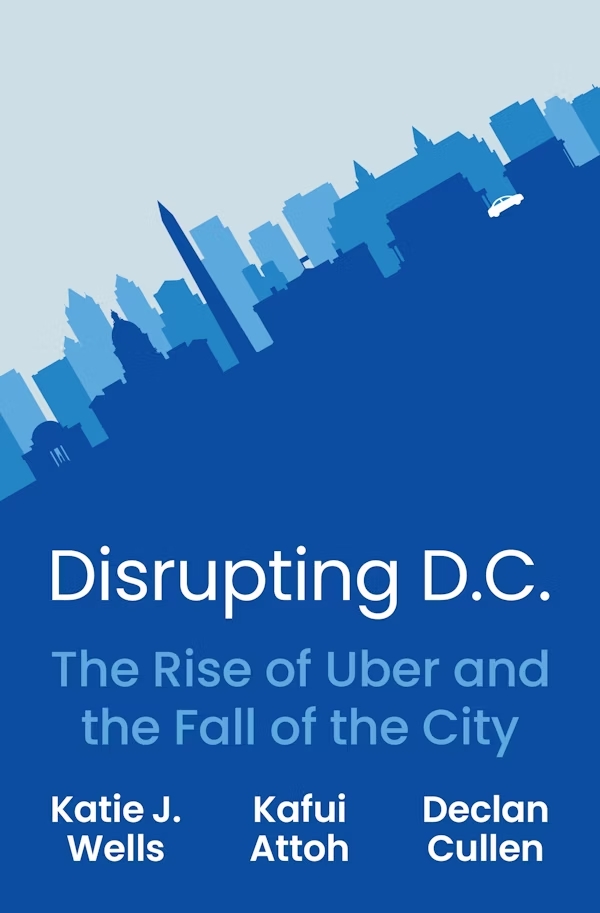The conditions that bred Uber were not preordained, as the authors explain. The D.C. government, along with neighboring state governments in Maryland and Virginia and fiscal support from the federal government, could have addressed regional transportation woes by improving public transportation. A federal-state-local partnership would have been a return to the Washington Metro’s roots. As Zachary Schrag writes in The Great Society Subway, the federal government of the 1960s was committed to public investment and aimed to build not just a practical but a beautiful rail system for the nation’s capital. D.C.’s public transit was not to be a replica of New York’s functional but grimy subway.
Better public transit would have been an alternative to Uber. Metro’s board could have reduced rail and bus fares by obtaining more financial support from the District of Columbia, Maryland, Virginia, and the federal government. In this alternate universe, residents of all classes and races in the region could travel to and from work and places of leisure riding buses and trains, in lieu of hailing a Yellow Cab or an Uber.
For many workers, the options didn’t have to be Uber or unemployment. Congress could have appropriated more than the $800 billion it did in the American Recovery and Reinvestment Act of 2009, to stimulate a strong recovery from the Great Recession. National Economic Council chairman Larry Summers infamously counseled against doing more and argued that a larger program would spook the public and trigger a right-wing backlash. But if President Barack Obama had ignored Summers’s advice and pushed for a bigger package as Council of Economic Advisers chair Christina Romer had advised, he might have gotten more from Congress, especially during his honeymoon phase in office with large Democratic majorities in both the House and the Senate.
Sustained federal relief and investment—imagine jobs programs like the New Deal’s Civilian Conservation Corps and Works Progress Administration in 2009 and 2010—could have achieved full employment for everyone. The possibilities were not limited to building public works and manufacturing concrete and steel. Defining cultural products of the post–Great Recession era could have been the output of public programs: The federal government in the 1930s gave actors, artists, and writers work through initiatives such as the Federal Theatre Project. With full employment, workers could have ignored Uber and found better-paying and more stable jobs. Under these very different economic conditions, Uber would have likely been stillborn.
